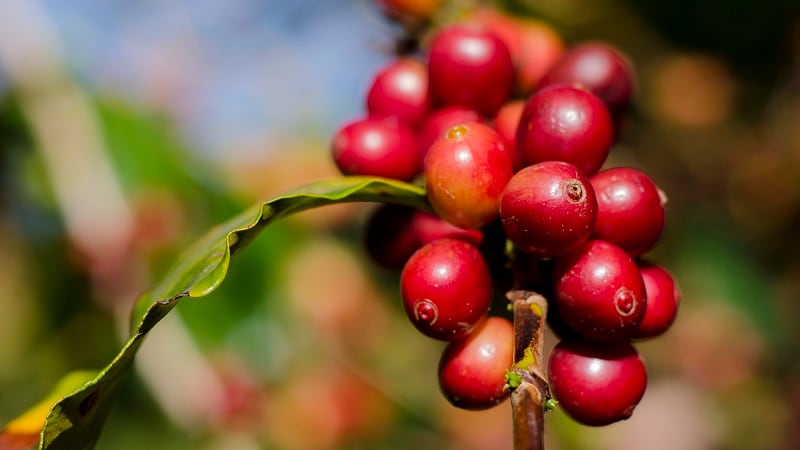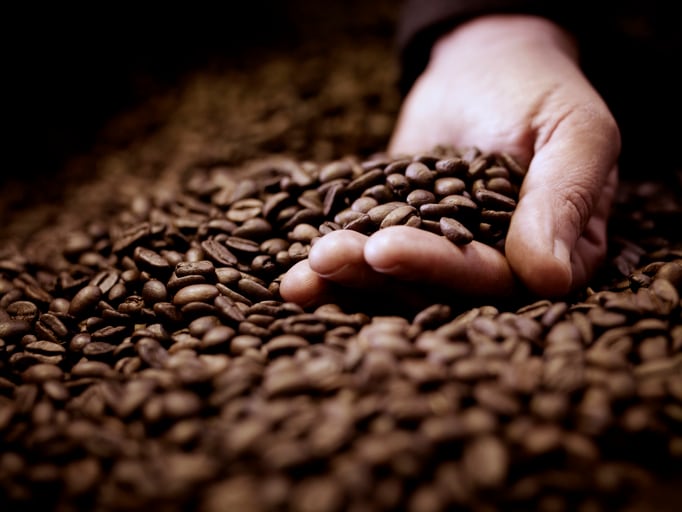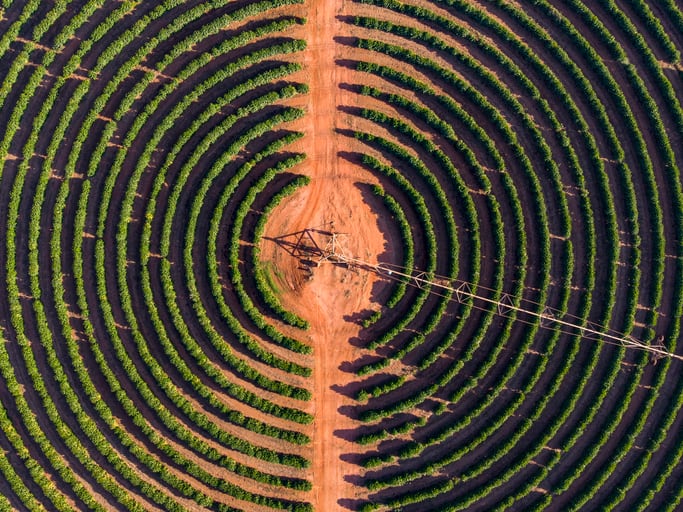Mexico’s coffee production might be small compared to other countries, but technology investments and sustainable farming practices can propel the market forward as macroeconomic factors – like tariffs – might actually provide an opportunity to the market.
Mexico is the 10th largest coffee grower, producing 3.87 million 60 kg bags during the 2024/2025 harvest, accounting for 2% of the total production globally, according to USDA data. Approximately 90% of Mexican coffee growers operate small-scale farms around 2.9 hectares, the USDA reported.
Brazil, Vietnam, and Colombia are the top three coffee growers, with 37%, 17%, and 8% of the global production, respectively.
Over the last decade, Mexico’s coffee production has been steadily increasing, following several challenging years amid a coffee crisis that rattled the market. Mexico largely produces Arabica coffee but has “a lot of potential in Robusta,” Henrik Öhman, CCO of Exportadora de Café California, told AgTechNavigator.
Nearly a decade ago, coffee production was half of where it is today, with the country only growing 2.3 million bags in 2015, according to the USDA. Coffee rust, weather impacts, and lower coffee prices impacted farmers in the region, dragging down coffee production.
“If you want to increase the volume in Mexico, you have to find a way to industrialize and produce like you do in Brazil or in Vietnam.”
Henrik Öhman, CCO of Exportadora de Café California
To prevent another downturn, Mexico’s coffee industry must invest and collaborate with various stakeholders to improve production and resource management, Osvaldo Ortega, CEO of Exportadora de Café California, told AgTechNavigator. For instance, irrigation system investments could bring water from one part of Mexico to another, while providing farmers with more harvesting flexibility, Öhman said.
“We need to work together with many stakeholders, like banks, universities, companies like us, and clients, in order to grow the production of Robusta. We have land. We have water. We have people, and we have the opportunity,” Ortega emphasized.
Öhman added, “If you want to increase the volume in Mexico, you have to find a way to industrialize and produce like you do in Brazil or in Vietnam.”
Can Mexico capitalize on trade challenges?
As U.S. trade policy interrupts the normal flow of agricultural goods, Mexico’s coffee industry can capitalize on this volatility, especially as the Trump administration raises tariffs on Brazilian goods, Öhman explained. Demand for coffee remains strong globally, so Mexico’s coffee has no shortage of buying markets, he added.
The Trump administration paused tariffs on Mexico until the end of October, but raised tariffs by 50% on Brazilian imports. The US imported roughly $1.96 billion of coffee from Brazil in 2024, compared to $344 million from Mexico, according to the International Trade Commission.
“We can sell 80% of our volume locally, or we can export 80% of our volume. It all depends on the market demand for the coffee. Right now, of course, with the tariffs in the United States, you have another great possibility for Mexico, at least, to be able to export as much as we can to the United States to replace other countries, especially like Brazil,” Öhman said.
However, Mexico should not want to become a coffee import/export hub to the U.S. because it comes with financial risks, Öhman noted.
“If we import coffee and pay 20% tax on that coffee, and then suddenly, the United States decides to take away the tariffs, we are going to sit on a lot of coffee that we have bought expensively, and we cannot get rid of,” he elaborated.
Mexico's coffee market analysed at the World Agri-Tech Innovation Summit
Looking to learn more about Mexico's coffee industry? Then, make sure to attend the World Agri-Tech Innovaiton Summit in Mexico City from Oct. 28-29!
A panel of experts from across the coffee supply chain will speak on the "Sustainable Coffee Production: Implementing Resilient Practices to Tackle Climate Challenges" panel on Oct. 29, presented entirely in Spanish. The panel will be moderated by Félix Martínez y Cabrera, president of the Asociación Nacional de la Industria del Café, and include:
- Luis Rolando Lopez Medina, VP of Olam Food Ingredients
- Osvaldo Ortega, CEO of Exportadora de Café California
- Reyder Pérez , founder of Café Capitan
- Ana Cristina Tovalin, sustainability manager, strategy and deployment for Nestlé
- Hermilo Sampieri, head trader at La Laja
AgTechNavigator readers receive a special 10% off registration by using promo code ATN. Learn more about the programme by visting the event webpage here and register today here.
What Mexico’s government can do for the coffee market
The Mexican government can also bolster the coffee supply chain by reducing barriers to bringing new coffee varieties into the country, Ortega noted. The Mexican government restricts coffee trees from entering the country due to pest and disease concerns.
“Right now, it is very difficult to enter Mexico with some varieties. We spent at least three or four years for permission” on importing coffee varieties, Ortega elaborated.
Government programmes, like Sembrando Vida, have also failed to bring meaningful change to coffee production, Ortega said. The Sembrando Vida programme, launched by former Mexican President Andrés Manuel López Obrador, provided subsidies to rural farmers to plant trees, including coffee trees, to reforest the country, according to a government website.
“Sembrando Vida gave small producers around 100 million coffee plants six years ago, and that means that their plants right now should be producing some coffee, and we do not see any increase in production,” Ortega elaborated.




